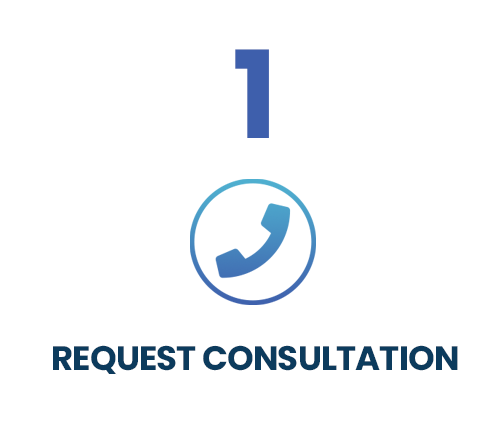Google Adds “Mobile-Friendly” Label to Search Results
As a web design company in Tampa, we see first hand how mobile user-behavior is completely changing the way businesses communicate with their customers. Because of this, we can not stress enough that if your company has not taken steps to create a positive user-experience for mobile users, you are losing out on potential customers.
There are endless statistics that our Tampa website design team could highlight from mobile use and website traffic studies, but we are able draw from our own clients’ websites, which on average currently receive 30-35% of website traffic from mobile devices. In other words, roughly one-third of people visiting our client’s websites are on a smartphone or tablet. These visits equate to dollars, and with recent changes to Google’s search results, there are even more added benefits to having a mobile-friendly website. Starting last month, Google began adding “Mobile-Friendly” labels in the search results that identify if a website is optimized for mobile devices. This comes after they began adding warnings for websites that incorporate Flash: “Uses Flash. May not work on your device.”
To see if your website can pass the test and earn the coveted mobile seal of approval from Google, take Google’s Mobile-Friendly Test.
Google’s Mobile Criteria
So how does Google determine if a website is mobile friendly? Well, for starters they make sure that mobile incompatible software, like Flash is not utilized anywhere on your website. Then, it’s all about the content experience. Users should be able to easily read text from their phone without having to zoom in or scroll horizontally. This also goes for images and videos. All content on your website should adapt to the screen size of the device. The next thing Google looks for is link placement. All links should be far enough apart, so users can easily tap on the one they want.
To reiterate the criteria:
1. Your website should use mobile friendly software.
2. Text should be easily read without scrolling horizontally or zooming.
3. Links should be placed far enough apart for users to easily tap the correct one.
Your website is a direct reflection of your company, make sure yours is sending the right message to your current and future customers. If you haven’t made the leap towards mobile, and have question about how to make your website for mobile-friendly, our Tampa web design team is happy to provide you with answers and help you create a better, more enjoyable user-experience for your customers.




